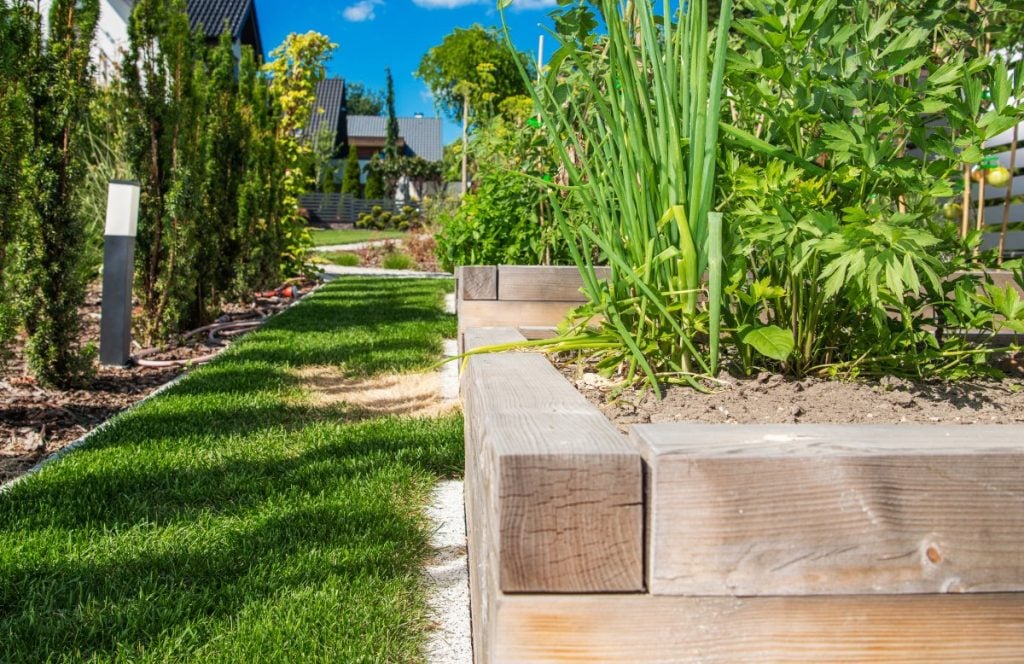For those who dream of homesteading and sustainable living, understanding root cellar storage ideas is essential. A root cellar is a fantastic tool for preserving food naturally. It allows homesteaders to store fruits, vegetables, and other perishables through the colder months without relying on electricity. Let’s explore some root cellar storage ideas that will ensure your harvest stays fresh and delicious.

Understanding the Basics of Root Cellars
Before diving into root cellar storage ideas, it’s important to grasp what a root cellar is. Traditionally, a root cellar is an underground storage area, perfect for maintaining a cool, stable temperature. This environment is ideal for storing produce like potatoes, carrots, apples, and beets.
Why Temperature and Humidity Matter
The success of root cellar storage largely depends on temperature and humidity control. Most fruits and vegetables prefer temperatures between 32F and 40F and high humidity levels, around 85-95%. These conditions slow down the ripening process and prevent spoilage.
Designing Your Root Cellar
Designing a root cellar that meets your needs is crucial. Consider the following storage ideas when planning your space:
Location, Location, Location
Choose a location where the natural ground temperature remains consistent. Areas with good drainage and protection from direct sunlight are ideal. If you’re looking to start a homestead, consider building your root cellar near your garden for easy access.
Ventilation is Key
Proper ventilation is essential for maintaining the right conditions in your root cellar. It helps regulate temperature and humidity and prevents the build-up of gases released by some fruits and vegetables.
Insulation Matters
Insulating your root cellar is another important factor. Use materials like straw, sawdust, or even earth to insulate the walls and ceiling. This will help maintain a stable temperature year-round.
Creative Root Cellar Storage Ideas
Now that we’ve covered the basics, let’s delve into some creative root cellar storage ideas that will maximize your space and keep your produce fresh:
Shelving and Bins
Organize your root cellar with sturdy shelving and bins. Use wooden or metal shelves to store jars, cans, and smaller items. Bins are great for bulkier produce like potatoes and squash. Consider raised beds for storing root vegetables.
Layering Techniques
Layering is a smart way to store root vegetables. Use sand, sawdust, or straw between layers of vegetables to help retain moisture and prevent decay.
Utilizing Baskets
Baskets are versatile and can be used to store various items in your root cellar. They allow for air circulation and are easy to move around.
Maintaining Your Root Cellar
Regular maintenance of your root cellar is key to successful storage. Here are some tips:
Regular Checks
Check your root cellar regularly for signs of spoilage or pests. Remove any decaying produce to prevent it from affecting the rest of your storage.
Seasonal Adjustments
Adjust your storage methods with the changing seasons. During warmer months, focus on ventilation and cooling, while in colder months, ensure proper insulation.
Root Cellar Storage for Different Produce
Different produce requires different storage methods. Here are some tips for common root cellar staples:
Potatoes and Carrots
Store potatoes and carrots in a dark, cool environment. Use bins or boxes with a layer of straw or sand to retain moisture.
Apples and Pears
Place apples and pears on shelves, ensuring they don’t touch each other. This prevents bruising and extends their shelf life.
Onions and Garlic
Onions and garlic prefer a dry environment. Hang them in mesh bags for optimal air circulation.
Benefits of Root Cellar Storage
Utilizing a root cellar offers numerous benefits:
Cost-Effective
A root cellar reduces the need for refrigeration, saving on electricity costs.
Sustainable Living
Storing produce naturally aligns with sustainable living practices, reducing your carbon footprint.
Preserves Nutrient Content
Proper storage helps preserve the nutrients in your produce, ensuring you enjoy healthy meals throughout the year.
Common Mistakes to Avoid
Avoid these pitfalls to make the most of your root cellar:
Ignoring Ventilation
Without proper ventilation, your produce may spoil quickly. Ensure your root cellar has adequate airflow.
Improper Insulation
Failing to insulate your root cellar can lead to temperature fluctuations, affecting your storage.
Overloading the Cellar
Don’t overcrowd your root cellar. Ensure there’s enough space for air circulation and easy access to your produce.
Integrating Root Cellars into Modern Living
Even in today’s modern world, root cellars have their place. They offer a sustainable and efficient way to store food, perfect for those pursuing a homesteading lifestyle. Learn more about starting your own homestead and embracing this sustainable practice.

FAQs About Root Cellars
What is the ideal temperature for a root cellar?
The ideal temperature for a root cellar is between 32F and 40F, with high humidity levels.
How do I prevent pests in my root cellar?
Regular checks and proper ventilation can help prevent pests. Ensure your root cellar is sealed and insulated properly.
Can I build a root cellar in my backyard?
Yes, you can build a root cellar in your backyard. Choose a location with good drainage and consistent ground temperature. For more tips on backyard homesteading, explore online resources.





